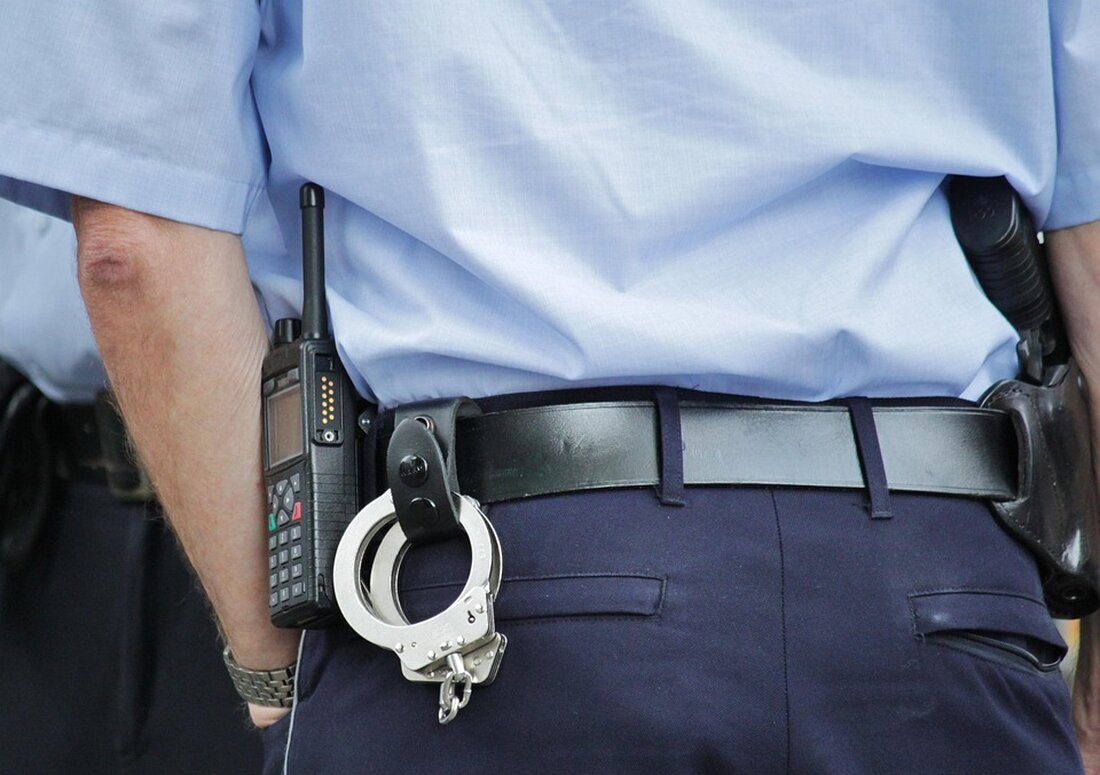Who will become the rightful owner of the 100-year-old villa in Bien Hoa?
The Ministry of Culture, Sports and Tourism recommends that Bien Hoa investigate the owner of the historic Vo Ha Thanh House.

Who will become the rightful owner of the 100-year-old villa in Bien Hoa?
The Ministry of Culture, Sports and Tourism has sent a request to the Bien Hoa Municipal People's Committee to verify and identify the rightful owner of the historic Vo Ha Thanh House. This measure is part of efforts to preserve the region's cultural relics and ensure that their ownership is clearly regulated. The document was already submitted on May 9 and aims to include the Vo Ha Thanh ancient house and the Tap Phuoc - Phuoc Hoa community house in the list of assessed relics and attractions for the period 2021-2025.
On May 22, the provincial People's Committee announced that it had published a document to supplement the list of valuable relics. Document No. 6227/UBND-KGVX instructs relevant departments to cooperate with the Bien Hoa City People's Committee and other relevant authorities to identify the rightful owner of the Vo Ha Thanh Old House. These investigations are important to discuss with the owner about the maintenance of the house in accordance with the guidelines of the Provincial Party Standing Committee.
Details about Villa Vo Ha Thanh
Vo Ha Thanh Old House, also known as Doctor Phu Vo Ha Thanh Villa, is located in Buu Long District of Bien Hoa City. The impressive building was built between the late 19th and early 20th centuries, specifically in 1924. The architecture represents the Western style of that period and includes interiors imported from France. The villa has two floors and a central wooden staircase that leads directly to the second floor.
The floors are laid with 2-inch tiles from France, and the cement and steel also come from there. The construction of the villa was not carried out by local workers, but by experienced builders, including many Chinese. Despite its age of almost 100 years, the main area on the second floor has been preserved in almost its original condition, but is already suffering from signs of decay in various areas.
Threat of demolition projects
There are reports that the villa is located in the area of a demolition project for the Dự án đường ven sông Đồng Nai, which runs from the Hóa An bridge to the Huyện Vĩnh Cửu border. Recently, on September 20, representatives of relevant authorities, including the Sở Xây dựng and the Sở Văn hóa, thể thao và du lịch, conducted an on-site investigation. This investigation revealed that the proposed project will intrude approximately 9 meters into the villa, meaning that around half of the villa could be within the area of the project.
The ministry urges Bien Hoa City to submit the results of the ownership investigation to the relevant department by June 5. This information is needed to provide comprehensive reporting to the Provincial People's Committee and protect the cultural significance of Vo Ha Thanh House. The protection of cultural assets is a top priority in the region, which is impressively underlined by the current steps taken by the ministry and the People's Committee.
For more information about the cultural activities and historical value of Villa Vo Ha Thanh, you can read the articles on Vietnam.vn and Bao Dong Nai read.

 Suche
Suche
 Mein Konto
Mein Konto